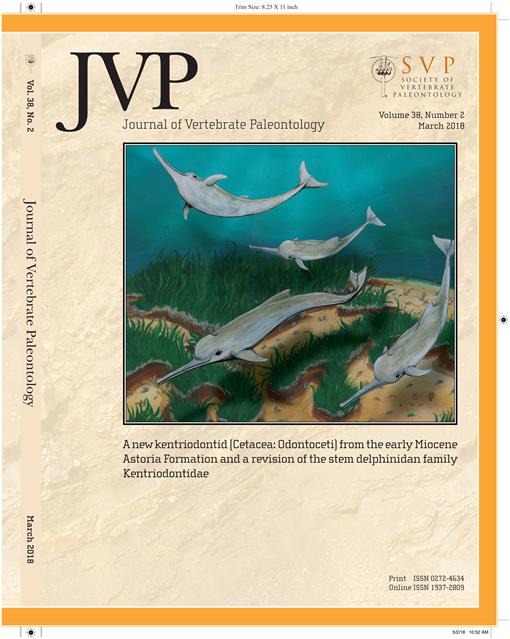The armored dissorophid Cacops morrisi is one of many anamniote taxa preserved at the speciose early Permian karst deposit near Richards Spur, Oklahoma. The taxon was previously known only from two isolated skulls representing a juvenile individual and an adult individual. Here we describe one partial and two complete new skulls of juvenile and subadult individuals of C. morrisi that represent intermediately sized individuals compared with previously documented skulls, as well as the first description of the postcrania of the taxon. The primary objectives of this paper are to expand upon the brief original description of the cranial material and to provide the first description of the postcrania of C. morrisi for comparison with other dissorophids. The new data improve the resolution of the ontogenetic series of the taxon through refined temporal constraints on major ontogenetic changes of the cranial region (e.g., closure of the otic notch, transition in lateral skull profile), contribute new information regarding the neurocranium, and improve our understanding of dissorophid postcrania. We also identify several new diagnostic features, such as the presence of uncinate processes on the ribs (previously unknown in the genus) and the exclusion of the lacrimal from the orbital margin (unique among dissorophids).
How to translate text using browser tools
1 March 2018
Cranial and Postcranial Anatomy of Cacops Morrisi, a Eucacopine Dissorophid from the Early Permian of Oklahoma
Bryan M. Gee,
,
Robert R. Reisz
ACCESS THE FULL ARTICLE






